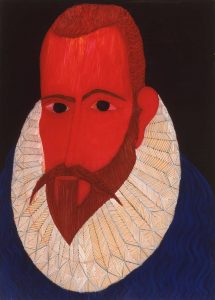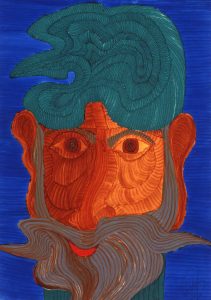
Exponents of the IV Centenary Quijote Hall
Find out more about the IV Centenary Quijote hall
Jose Marin-Medina
Snatch of the preface to the Catalog Alcantara – Don Quixote
Quatercentenary of Quartercentenary, Council of Alcala de Henares
Alcala (Madrid), end of 2004.
……
Therefore, in chapter 71 of the second part of the novel, where Don Quixote and Sancho returned to their village forever, they suddenly stayed in a meson and got accommodated in a standard room with walls embellished – rather than with tapestries- with some twills painted quite sloppily with scenes taken from the old amatory literature. Cervantes puts these words in the mouth of the cautious Escudero: “I bet that before long every warehouse, inn, meson, and barbershop will have a picture of our adventures. Nonetheless, I would rather have another painter better than the author of these”.
……
For his Cervantine portrait, Alcantara has planned Jauregui’s “official” character to his most basic and graphic features. He used a fantastic deployment of creativity idealizing versions of the eternal writer from the point of view of the most heterogeneous countries of all over the world, more or less revealed in some details from China, Russia, Italia…, unforeseen characteristics and folkloric connotations pointing each of them to different cultures and geographies. All the abovementioned is rendered with passion following on Romanticism, even if it is with its unique language that handles references highly scattered as the bright colors that pursuit the Venetian School, the taste for a pictorial language – typical of modernity – full of life and movement, using a strongly explicative shade, the emphasis in exposing the shape to the plane and likewise to forms with a mixture of lines recalling the Russian constructivism, a taste for golden glares – a “no-color-which brings oriental airs to the picture…
I wouldn’t dare to pick just one of these several portraits of Cervantes. Still, I bet for a very glowing one with Venecian red loads, which shows Alcantara’s love for Tiziano, and especially for Tintoretto. It is a powerful painting in which the writer’s face seems to rise out of the shadows of an uncertain background following Velazquez in pictures as astonishing as the portrait of Michel Angelo Angurio, barber of the Pope, which the Prado Museum has recently purchased.
……
(Adapted by JMS)


Quixote XLI

Quixote XL
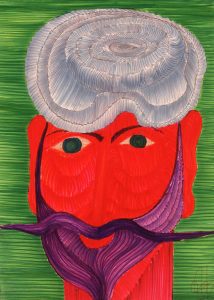
Quixote XXXIX

Quixote XXXVIII
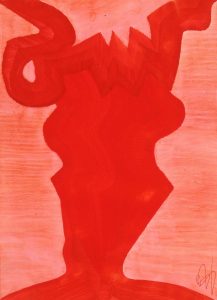
Quixote XXXVII

Quixote XXXVI
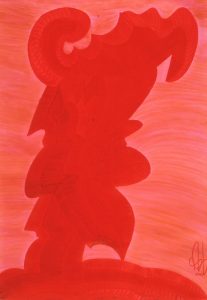
Quixote XXXV
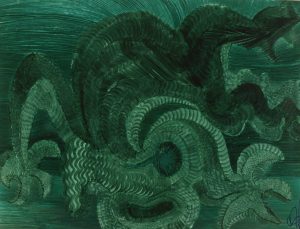
Quixote XXXIV
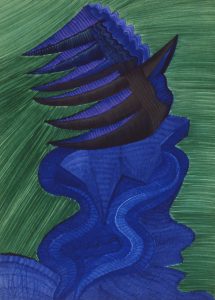
Quixote XXXIII
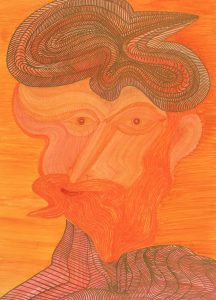
Quixote XXXII
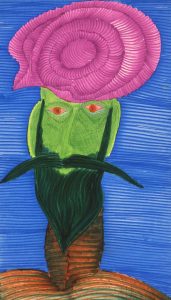
Quixote XXXI
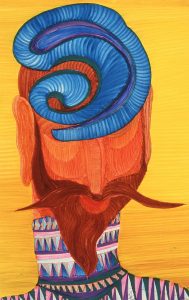
Quixote XXX
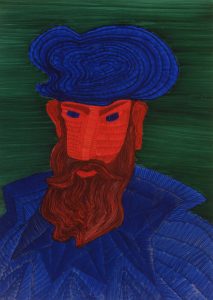
Quixote XXIX
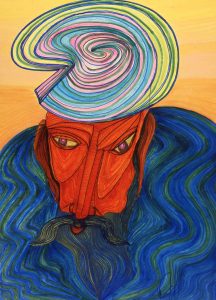
Quixote XXVIII

Quixote XXVII
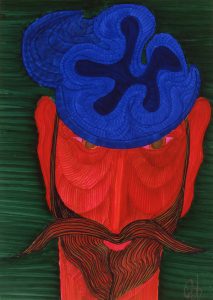
Quixote XXVI
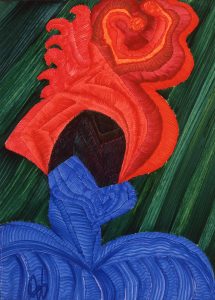
Quixote XXV
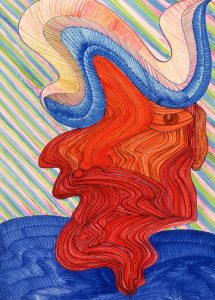
Quixote XXIV

Quixote XXIII
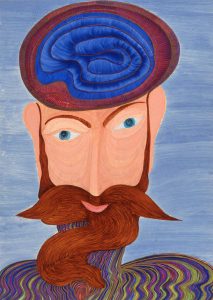
Quixote XXII

Quixote XXI
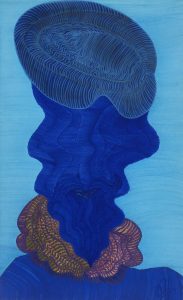
Quixote XX
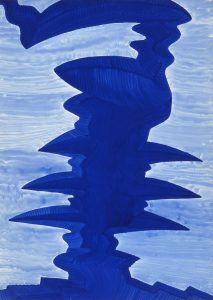
Quixote XIX
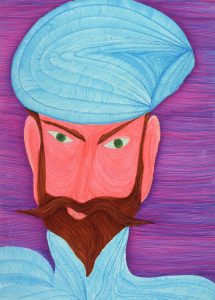
Quixote XVIII

Quixote XVII
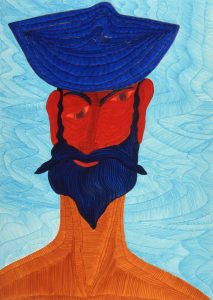
Quixote XVI
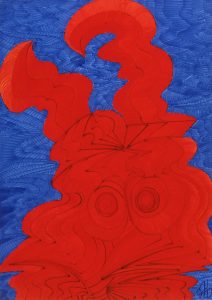
Quixote XV
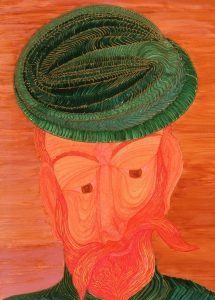
Quixote IX

Quixote VIII

Quixote VII
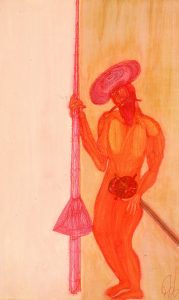
Quixote III

Quixote II

Quixote I

Dulcinea II
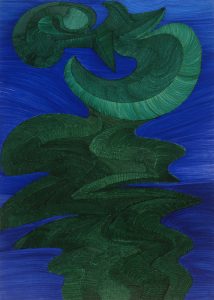
Dulcinea I
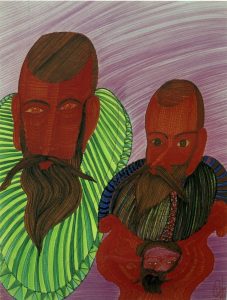
Cervantes X

Cervantes IX

Cervantes VIII
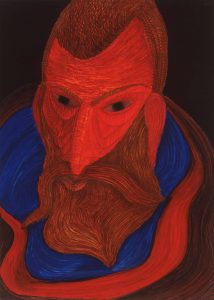
Cervantes VII

Cervantes VI
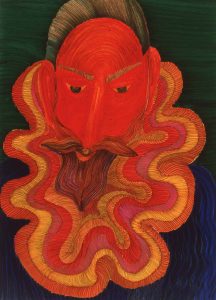
Cervantes V

Cervantes IV

Cervantes III

Cervantes II
